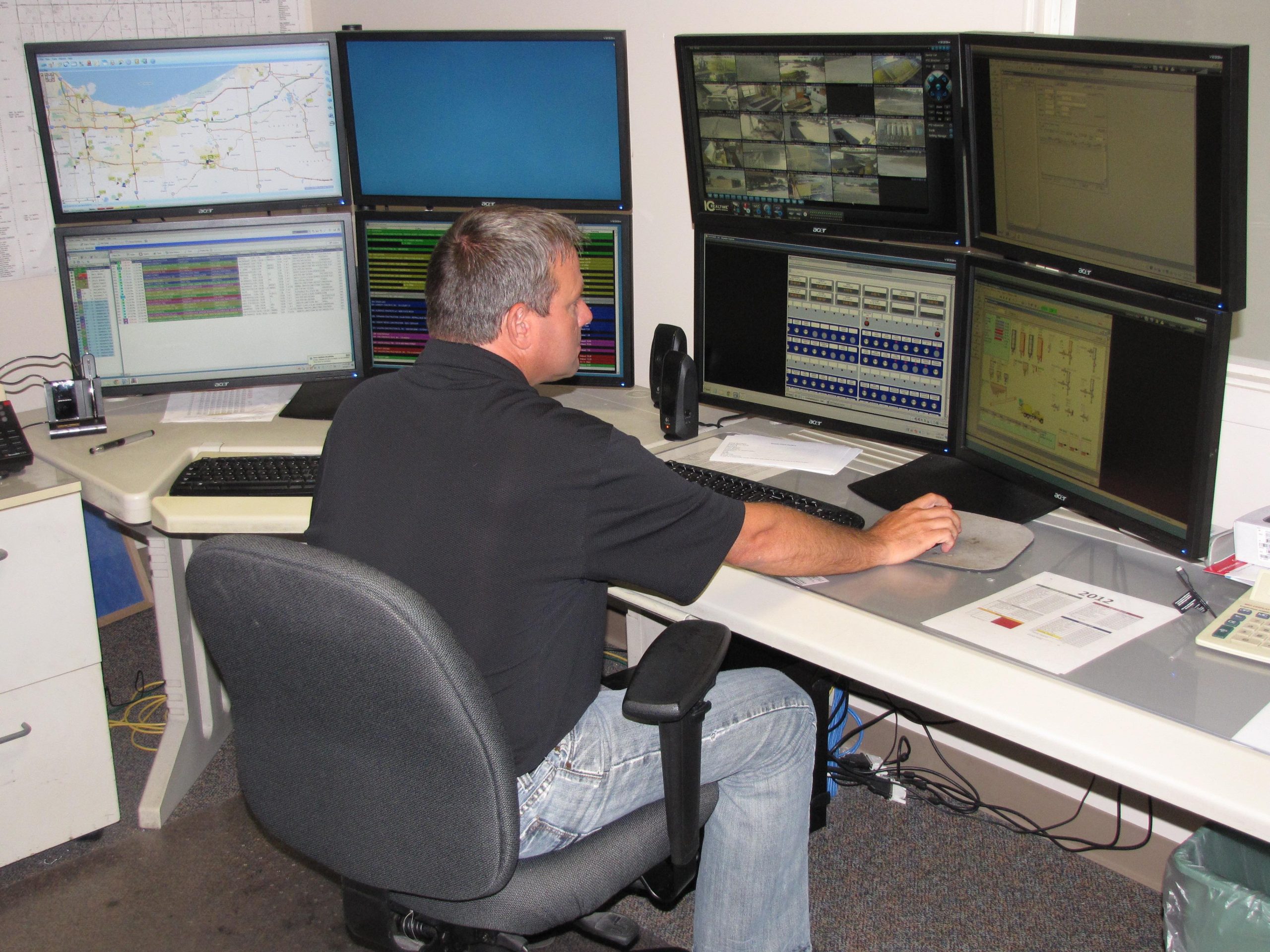CarbiCrete, Montreal developer of a process where slag cement and carbon dioxide replace portland cement and steam in concrete masonry unit mixes and curing, has taken a critical step in commercialization thanks to its charter North American producer, Quebec-based Patio Drummond. After extensive testing and trials, the concrete hardscapes producer has begun selling CarbiCrete block directly from its Drummondville plant…
Read MoreTag: greenhouse gas
ASHRAE, ICC weigh response to GHG evaluation standard
Two of the principal organizations driving specifications and practices reflected in a building’s life cycle carbon metrics will review sentiments on their Proposed Standard 240P – Evaluating Greenhouse Gas (GHG) and Carbon Emissions in Building Design, Construction and Operation, posted at osr.ashrae.org. ASHRAE—synonymous with heating, ventilating, air conditioning and refrigeration standards—and the International Code Council present a methodology for quantifying…
Read MoreProducers’ Choice
Integration of data AND business process empower freedom of choice in a concrete technology ecosystem. The Walt Disney Co. is a world champion of vertical capture. The company’s theme parks offer families a complete package of entertainment, dining and lodging. Yet in Orlando, Fla., many visitors choose to complement or even skip Disney World for other cool things like Comcast’s…
Read MoreResearch findings make emissions case for diesel vs. electric truck power
A new study that evaluates several approaches to reducing greenhouse gas (GHG) and other emissions from medium- and heavy-duty vehicles over the next decade finds considerable advantages with advanced diesel technology—particularly when using renewable biofuels—as compared to an electrification strategy. Trucks operating in 10 Northeastern states (Connecticut, Delaware, Massachusetts, Maryland, Maine, New Jersey, New York, Pennsylvania, Rhode Island, and Vermont)…
Read MoreFHWA sketches transportation greenhouse gas emission reduction framework
The U.S. Department of Transportation has opened a public comment period for a Federal Highway Administration Notice of Proposed Rulemaking (NPRM) for states and municipalities to track and reduce greenhouse gas (GHG) emissions. The Infrastructure Investment and Jobs Act makes more than $27 billion available for state departments of transportation and metropolitan planning organizations to meet a declining GHG emissions…
Read MoreBreakthrough Binder
Investors targeting reduction of the carbon dioxide emissions factor in portland cement and concrete have focused on methods capturing, using or storing the greenhouse gas, plus new means of generating the high temperatures fossil fuel-fired cement kilns need to convert limestone and other raw feeds to clinker. A Longmont, Colo. startup has garnered backing for technology paving a different path…
Read MoreHeavy-duty fleet tests tailpipe CO2 capture, compressor device
Sources: Remora, Livonia, Mich.; CP staff Pittsburgh-based flatbed fleet JLE Industries plans a 90-day pilot for a truck frame-mounted tank assembly that filters and isolates tailpipe carbon dioxide. Tanks are engineered to capture up to 80 percent of the greenhouse gas, which represents about 13 percent of vehicle exhaust.
Read MoreCarbonCure enters 10-year, $30M carbon credit purchase agreement
Sources: Invert Inc., Calgary; CarbonCure Technologies, Halifax, N.S.; CP staff CarbonCure Technologies has signed a pioneering carbon credit purchase agreement underpinned by its process of mineralizing and storing carbon dioxide in ready mixed or manufactured concrete. Valued at $30 million over a 10-year window, it entails majority and minority funding partners, Invert Inc. of Calgary and Ripple Inc. of Ottawa,…
Read MoreIndustry leaders ace climate audit
By Don Marsh Three of the top five global cement, aggregate and concrete producers made the 2021 Climate Disclosure Project A List, reflecting transparency in environmental impact, greenhouse gas (GHG) emissions management and water resource metrics. Cemex S.A.B. de C.V., HeidelbergCement AG and Holcim AG are among 200 A List/Climate category performers from a pool of 10,000-plus companies. London-based Climate…
Read MoreEPA GHG emissions inventory tool charts cement plants’ CO2 tonnage
Source: U.S. Environmental Protection Agency; CP staff The EPA has released 2020 greenhouse gas (GHG) data collected under the Greenhouse Gas Reporting Program (GHGRP). Reported carbon dioxide and methane emissions from large industrial sources were approximately 9 percent lower than in 2019, reflecting both the economic slowdown due to the Covid-19 pandemic, and ongoing, long-term industry trends.
Read More

